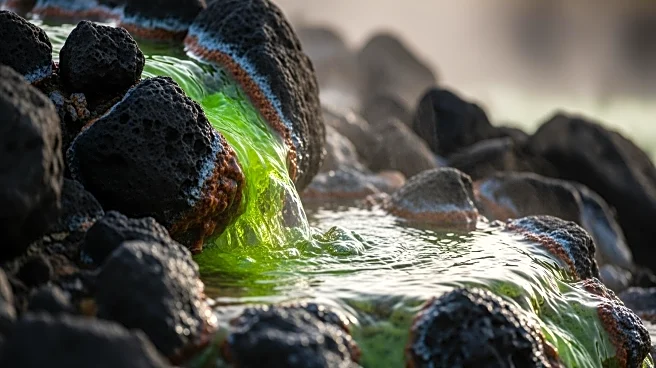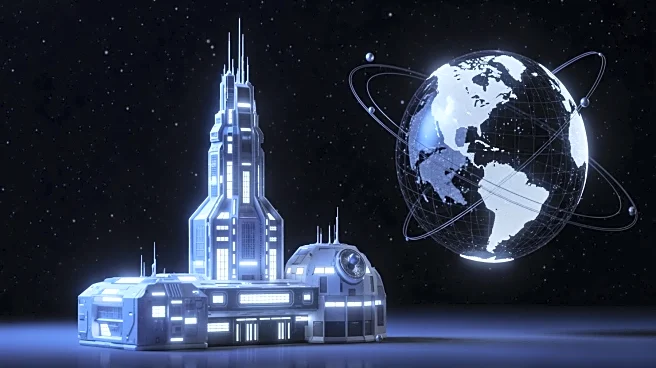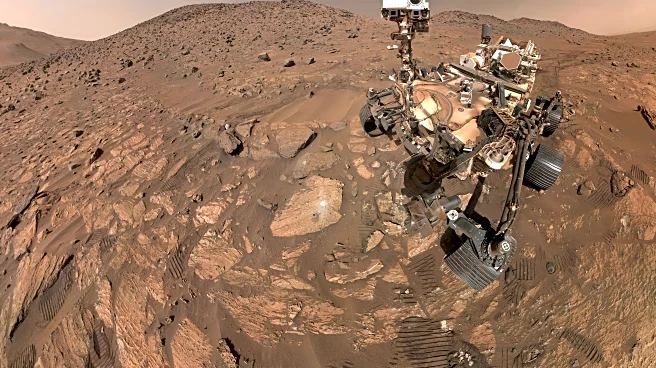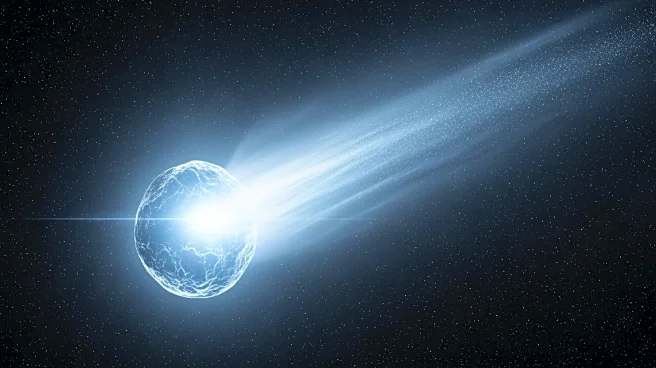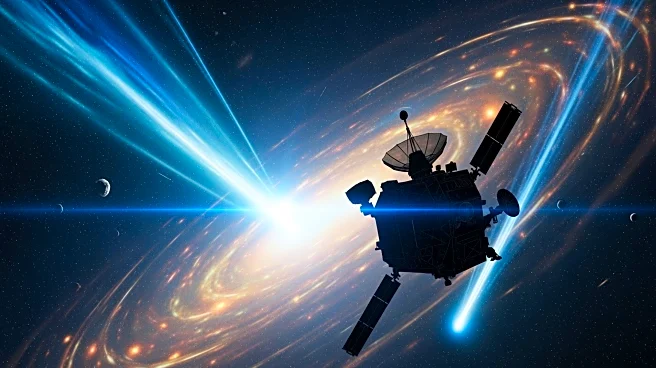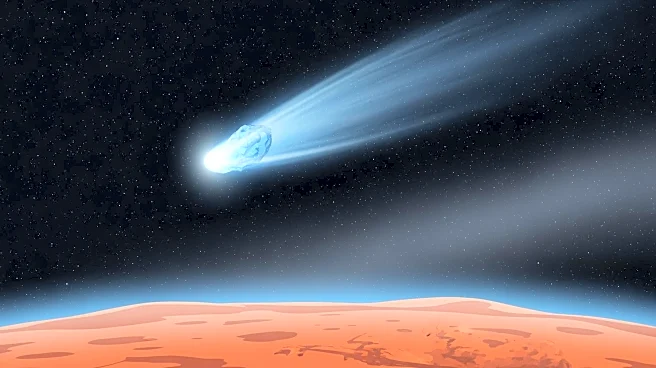What's Happening?
Researchers have discovered that small earthquakes in Yellowstone National Park can recharge underground microbial life by exposing new rock and fluids, creating bursts of chemical energy. These changes in water chemistry and microbial communities help
explain how life survives in deep, hot environments. The study focused on the effects of seismic activity on microorganisms living beneath the Yellowstone Plateau Volcanic Field.
Why It's Important?
This research provides insights into the resilience and adaptability of microbial life in extreme environments. Understanding these processes can inform studies on the potential for life on other planets, such as Mars, where similar geological conditions may exist. The findings also contribute to our knowledge of how ecosystems respond to natural disturbances, which is crucial for managing and preserving biodiversity.
